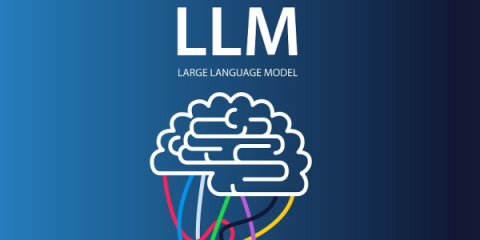
Large language model(LLM) has continued to attract hot attention in AI applications since the release of ChatGPT on November 30, 2022. The open source release of LLaMa2 in 2023 has further fueled the development of various application large models. The research team is racing to catch up with the best intelligent rankings, and the application link frameworks are also developing accordingly. The related business application ecosystem is developing at a high speed.
If you want to get started with large language models, you must first familiarize yourself with the capabilities of each major large language models. A more convenient way is to use the web dialogue interface. It is best to choose to dialogue with different model applications (Bot). Understand the expertise and characteristics of each model. For example, some models are better at writing code and analyzing code; some models are suitable for drawing creative ideas; some models are suitable for logical reasoning and answering business questions; some are suitable for drafting manuscripts, etc.
- LLM Models Playground
It is recommended to use this large language model market site: www.poe.com It brings together all the current mainstream models, including paid and free versions. For starters, the free version is enough in most cases.
To use POE, you must first register and then log in. You can log in with a Google or Apple account, or you can register with your own email and use it.
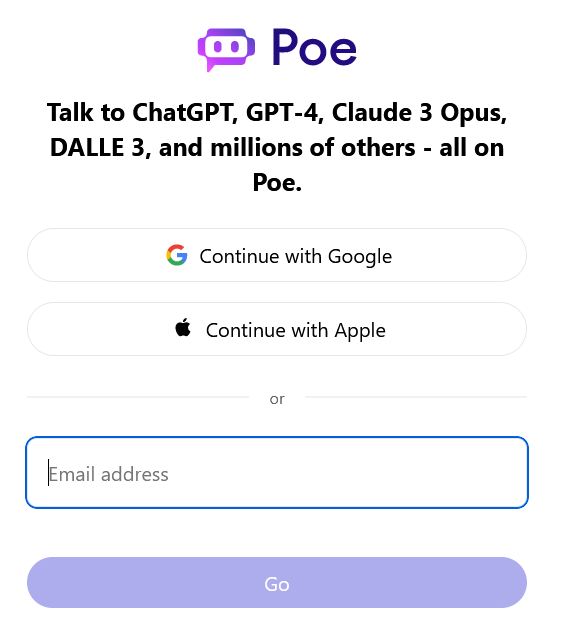
After successfully logging in, enter the main interface. On the left are menu options and on the right is the prompt bar (Prompt). You can directly enter the questions you want to ask the AI and start the dialogue model.
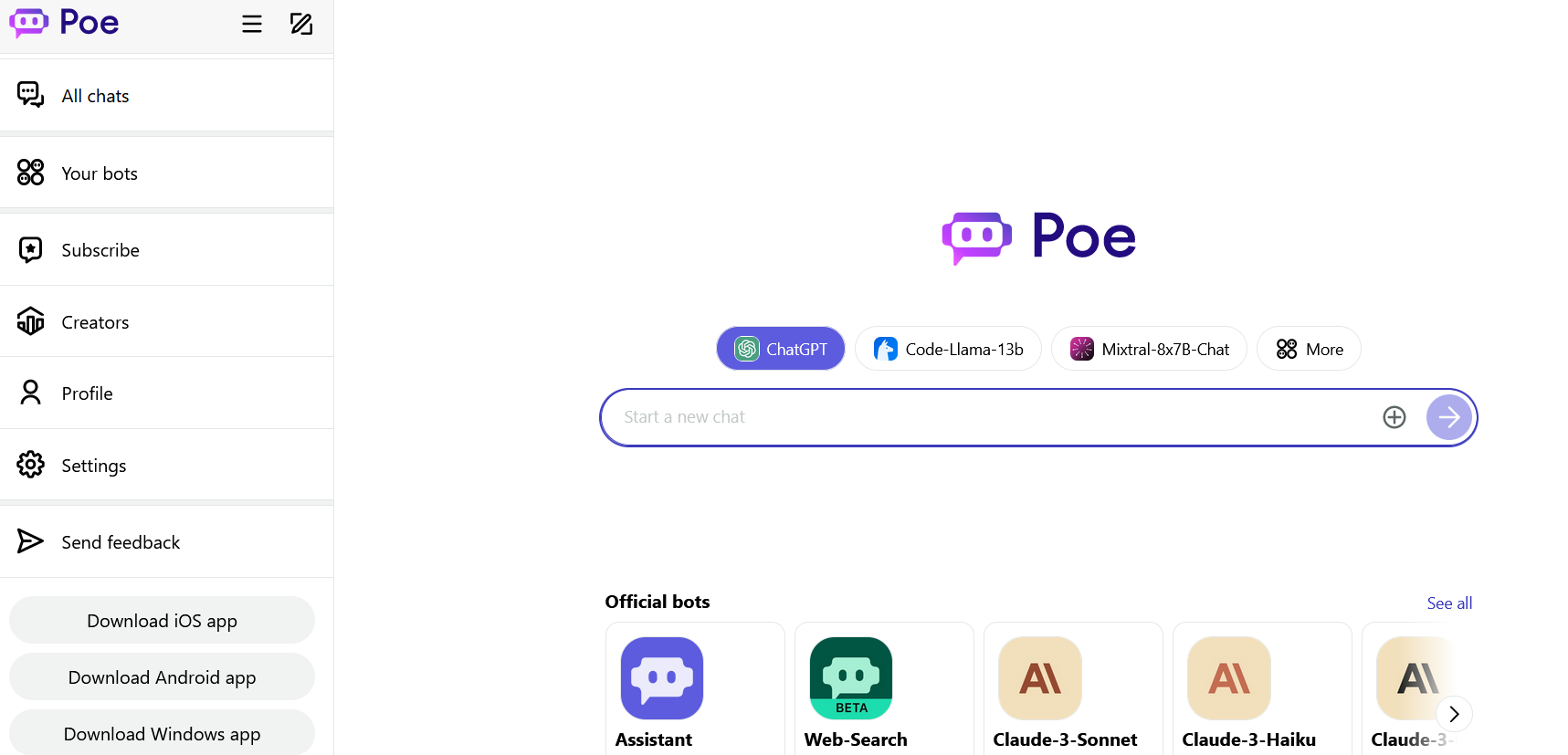
For example, enter the prompts: please explain the algebra to primary school students, please answer with Simplified Chinese
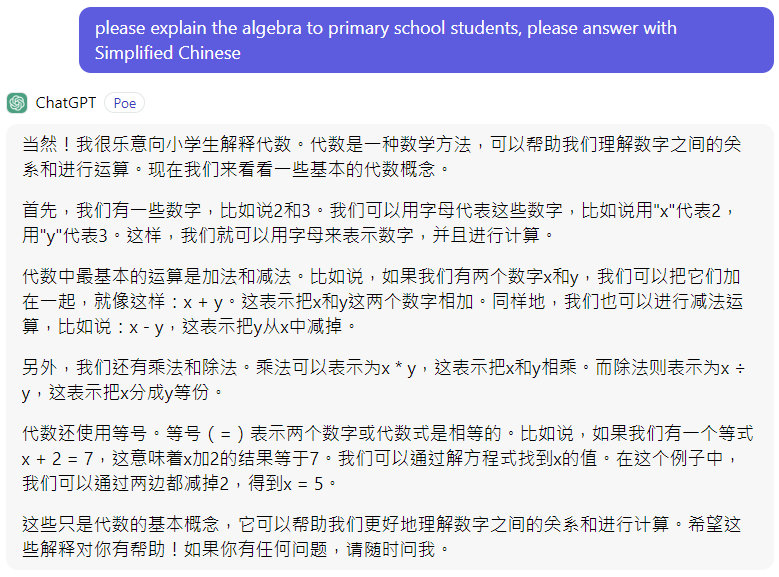
You can also select more other models (Bots) on the left:
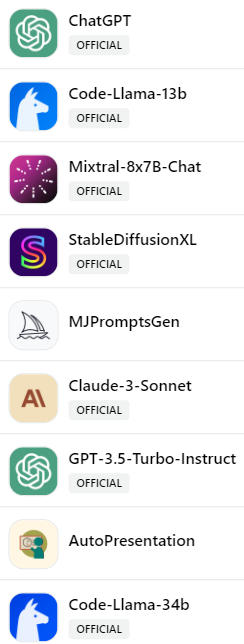
- Current popular models
- ChatGPT is a conversation model released by OpenAI. Currently, ChatGPT 3.5 is free to use, while ChatGPT4.0 requires a subscription fee. It is generally believed that GPT4.0 is the highest "intelligence" level currently (State of the Art). Among them, the free GPT-3.5-Instruct is an imperative dialogue model, which can better generate the results expected by the user according to the user's instructions.
- The Llama series models are open source models. The more famous ones include the various sizes of the Llama official series, as well as the code-based programming model (Code-Llama). There are also the Mixtral series models, which come from a French company. According to actual use results, they can be considered to be close to ChatGPT4. 0 capabilities, it is one of the best among free models.
- The image generation model has the capabilities of MidJounery and StableDiffusion, which can be said to be equally.
- The Claude series of models was released by Anthropic, a company founded by the backbone of the original OpenAI company. The publicity report shows that it has completely surpassed GPT4.0. We can see the current rapid development and fierce competition of large language models.
- How to use LLMs
In addition to communicating through web pages, large language models also provide dialogue interfaces for use in some APP software. Several mainstream large models also provide network API access, which facilitates docking with existing applications, such as customer service centers, Call Center, etc. .
- Large model local deployment
Essentially, large models are divided into training large models and using large models. Training large models requires powerful computing power, training data (corpus) and other engineering capabilities, which can basically be completed by large companies and powerful research institutions. The use of large models is different. It is just about how to better utilize the trained models, and the requirements for computing power are greatly reduced.
Since the open source and open commercial license of LLama2, it has become possible to deploy large language models locally in enterprises or institutions. Huggineface, a marketplace for depositing and publishing models, has emerged with various downloadable models. These published models can be downloaded locally and used Local large model interpreter to run.
Several current mainstream local large model interpreter tools include:
You can install a local large model interpreter and download several smaller models to experience it locally.
